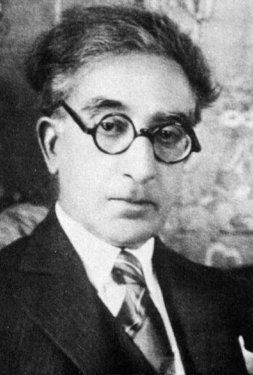
 |
Cavafy: Poems |
|
| Polytonic Greek text and translations presented by the Classics Reader |
| Please note: The above is
only an image. Click on it to move to the page in which you can interact
with the program Classics Reader. |
 Constantine P. Cavafy |
Constantine P. Cavafy (April 29, 1863 – April 29, 1933) was a Greek poet who lived most of his life in Alexandria, Egypt, where he produced his poetry. He first worked as a journalist, and then was hird by the British-run Egyptian Ministry of Public Works for 30 years, at a time when Egypt was still a British protectorate. Initially his poetry was known only among his friends and a close circle of poets in Alexandria. In 1903, Gregorios Xenopoulos published a very favorable review of Cavafy’s work in Greece, but the poet did not gain recognition there until after the 1920’s. Posthumously, his reputation has grown worldwide, and today he is considered one of the most important Greek poets. His poetry, which is part of the modern Greek curriculum at high schools in Greece, revolves around religion, historical events — especially of the antiquity — and homosexual love, his own sexual preferences being homosexual. The following is an autobiographical note of his: “I am from Constantinople by descent, but I was born in Alexandria — at a house on Seríph Street; I left very young, and spent much of my childhood in England. Subsequently I visited this country as an adult, but for a short period of time. I have also lived in France. During my adolescence I lived over two years in Constantinople. It has been many years since I last visited Greece. My last employment was as a clerk at a government office under the Ministry of Public Works of Egypt. I know English, French, and a bit of Italian.” |
|
|
For comments, suggestions, or other correspondence please contact the author of this page. Click here to email to him.